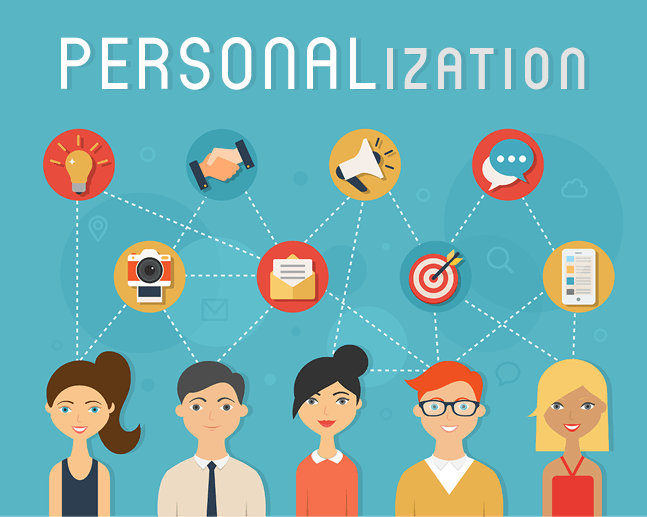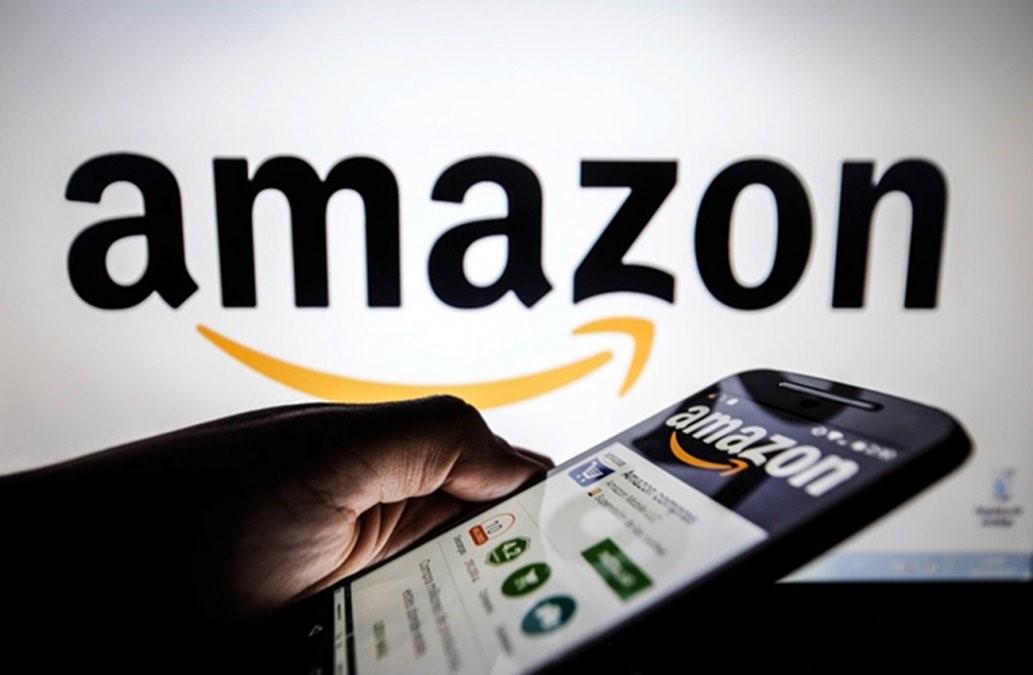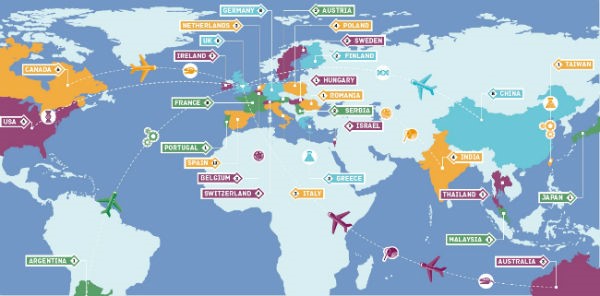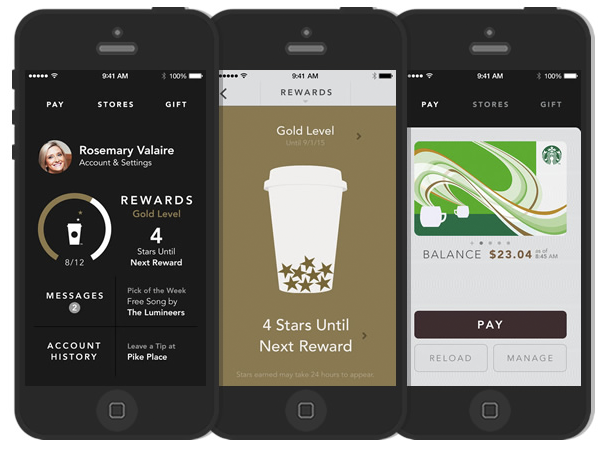Personalized offers: Start Content Marketing Campaign learning from 5 Amazing Examples

Relevance of Personalized offers in Content Marketing
Society is bombarded on a daily basis with mass marketing advertisements on the streets, in the metro, on TV and Internet, therefore most people don’t pay any attention on bright pictures and carefully compiled phrases on posters and TV adds. That’s why they can be easily bought when they see that company has put some effort to get to know them and offer something relevant to their lifestyle and interests. Personalized offers give an individual sense of identity and recognizability not by his username, password and account number but by his real needs.
Benefits from Personalized Offers
In fact, businesses which mostly operate online could gain a significant rise in their conversion rates and profits, if their mailings were more personal. Recent research suggests that online sales may increase by 25% after loading of personalization campaign. Moreover, considering your customers as individuals and recognizing their needs will make your brand more recognizable as soon as you will achieve loyal clients. Nowadays, in Digital Era, retrieving relevant data about your potential customers is easier than ever because it is made by computers and networks. Thereby, it literally costs you peanuts to give the right product to the right hands with personalized offers.
Where to find a relevant data about customers?
The easiest and the most traditional way to gain useful data about your consumers is to display a short questionnaire on your website and require people to complete it while making their first purchase. Questionnaire should consist of several clear questions that may provide you with information about customer’s potential wants and needs regarding your offers. All the later operations including creating a database and distribution of offers are the matters of software and predictive analytics.
The other way to improve your Personalization Campaign is to use Big data and Account level buying signals. This strategy is built on creating predictive models that mix profile and behavioral indicators with signals from the web, social networks, news and other sources. Enhancing personalization of your content with predictive models, you can drive maximum conversion rates and sales productivity.
Personalization of not only your email dispatches but also of your website can make a considerable difference. Creating responsive design and recognizing relevant buying signals increase the chances for every customer to complete the transaction.
5 excellent examples of Personalized offers
Most of the companies stop at the mentioning customers’ names in emails, but that does not make their marketing campaign more personalized. If we had a look on conversion rates of these ones, we could see that number of users who came from email link and made a transaction is the lowest one. However, some businesses has found efficient ways to personalize their offers and raise their sales.
1. Amazon

Amazon was very successful in tailoring their offers to the tastes and preferences of their audience.
How: Algorithm that consistently makes relevant headlines, cleverly encouraging impulse buying by highlighting key tastes and products to match.
Benefits: Sales increased by 29%, from $9,9 billion to $12,83 billion.
2. Point Defiance Zoo&Aquarium

How: The gathered data was analyzed in the order to identify which postcodes were home to the zoo’s returning visitors and then they loaded discounted campaigns to others within those catchment areas.
Benefits: Membership increased by 13%.
3. Cadbury's

How: Cadbury’s created videos utilizing available content of every user to recommend them a perfect type of chocolate. They based their conclusions about customer’s tastes in chocolate on the data gathered from users’ Facebook profile including age, hobbies, interests and location.
Benefits: The campaign gained 65% click-through rate and 34% conversion rate.
4. Marie Curie

How: Marie Curie integrated a real-time personalized map in the email campaign detailing the supporter’s nearest collection sites after gathering supporter’s geolocation data and matching it with its database of collection sites. Thereby, the charity was able to use modelling to derive a target population and load persona-driven messaging based on previous interaction with the website and collection history.
Benefits: Marie Curie’s campaign boosted ton of registrations mostly from online sign-ups.
5. Starbucks

How: Mobile app with a reward system that gathers information about location and purchase history to make relevant offers for each person. Moreover, every customer has an opportunity to customize and order drinks via the app.
Benefits: Revenue has increased by $2,56 billion.
Obstacles on the path of personalization
One of the most important restriction when tailoring your offers to the audience’ interests is not to exceed the line of knowing enough about the customer to offer a relevant product and not too much to seem too persistent and involving. Nowadays, society has realized how much data is gathered every day on the Internet by their browsers and websites to make marketing more beneficial and productive. The trend of people being concerned about not revealing their personal information can’t be avoided while inventing your own Personalization Campaign. According to recent researches 80% of respondents would lose trust in a brand that allowed everyone to take advantage of supposedly exclusive offers.
Another obstacle is a sufficient software that will be able not only to provide you with valuable data but to use it in a proper way and be able to master big data. Remember that nothing can spoil the image of your brand faster than totally incompatible offers. Therefore, the key is simplicity of tactic of personalization of your content and offers. You may start using a couple of parameters that can be useful for tailoring suggestions for buying and then make the algorithm more complex to achieve customers’ full trust and loyalty to your brand.
However, you should also take in consideration that personalization is not only about fancy software but about benefits it can bring both to your customers and to your company. Even the most automatized and impregnated with a lot of data might go under your control and fail in its major purpose – providing individuals with relevant and related to their lifestyle content. It can’t be debated that bricks-and-mortal market has moved to the Web, although the win-win strategy of success hasn’t changed much since then. People still tend to become returning customers if they are treated as individuals rather than sources of revenue growth. However, loading Personalized offers campaign would help in reaching both of these goals if created properly.
